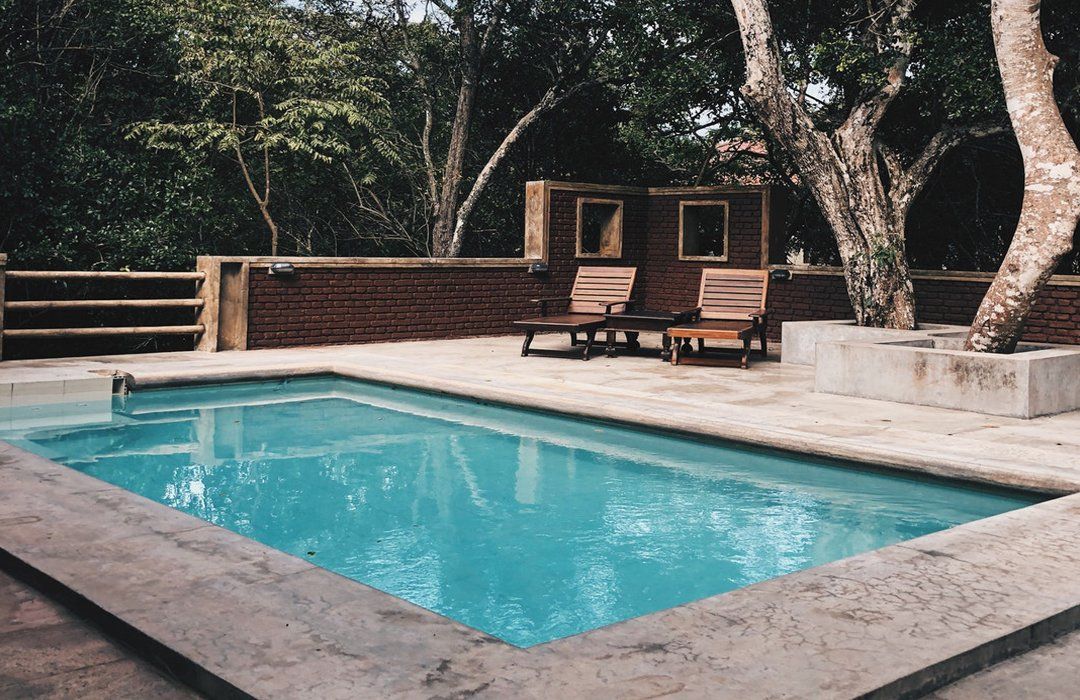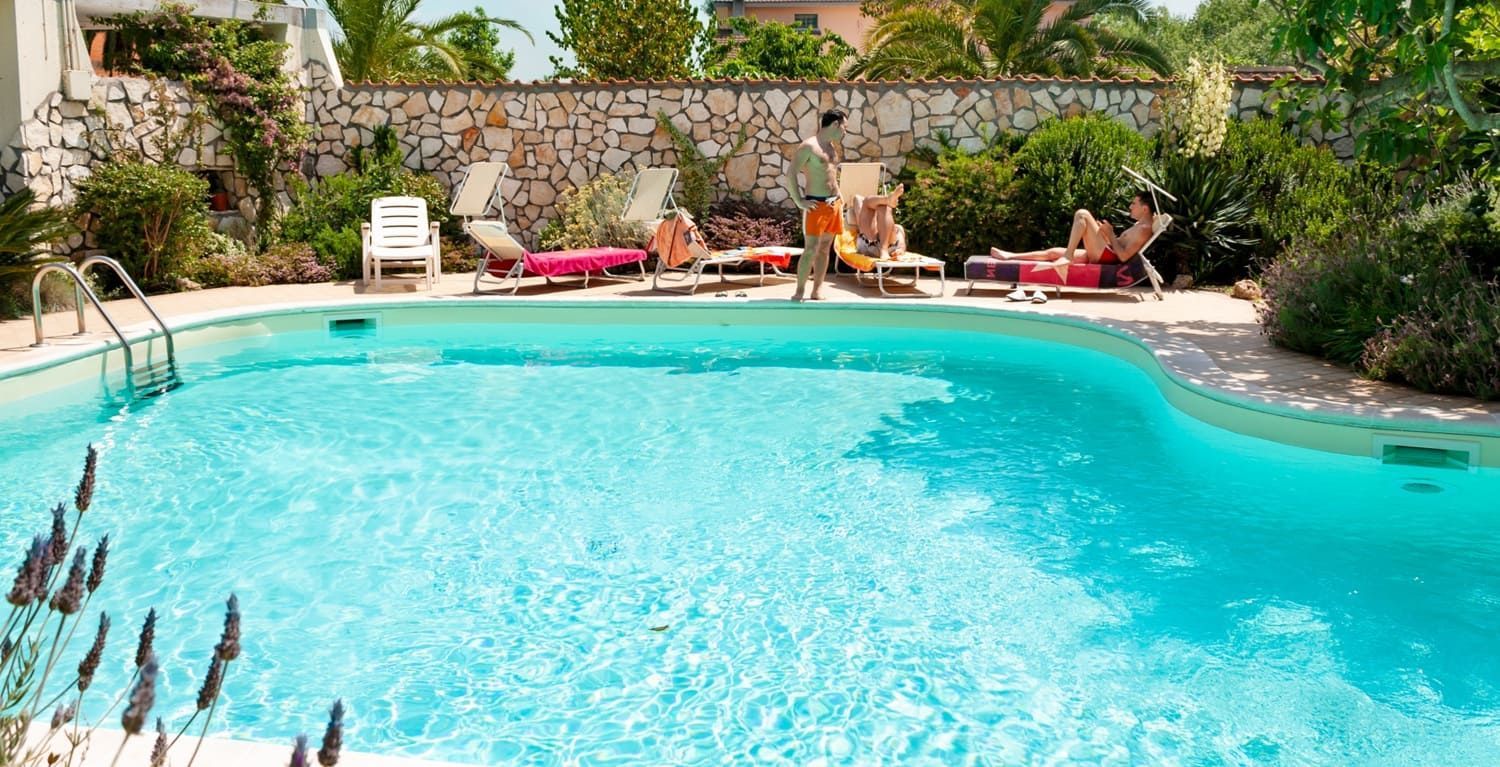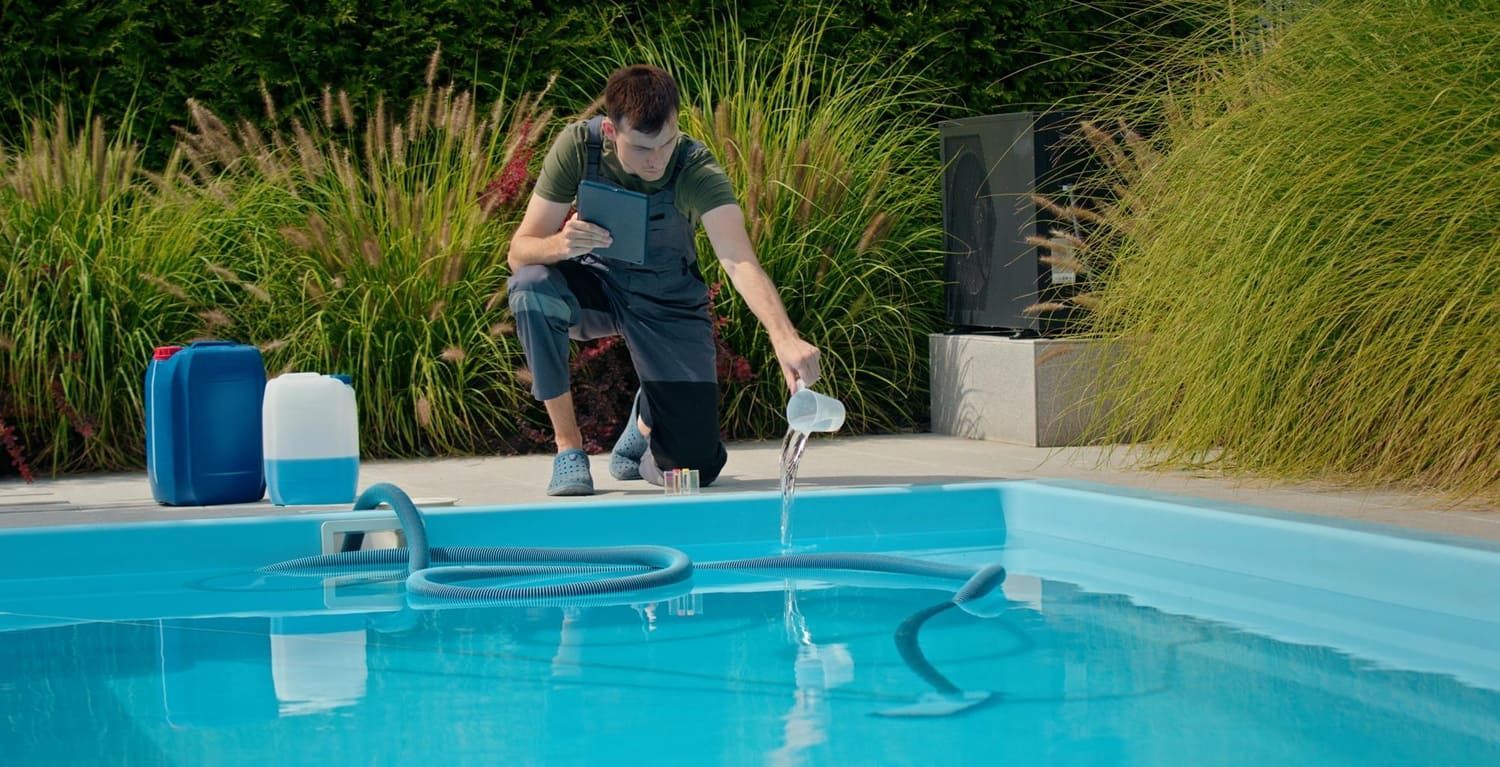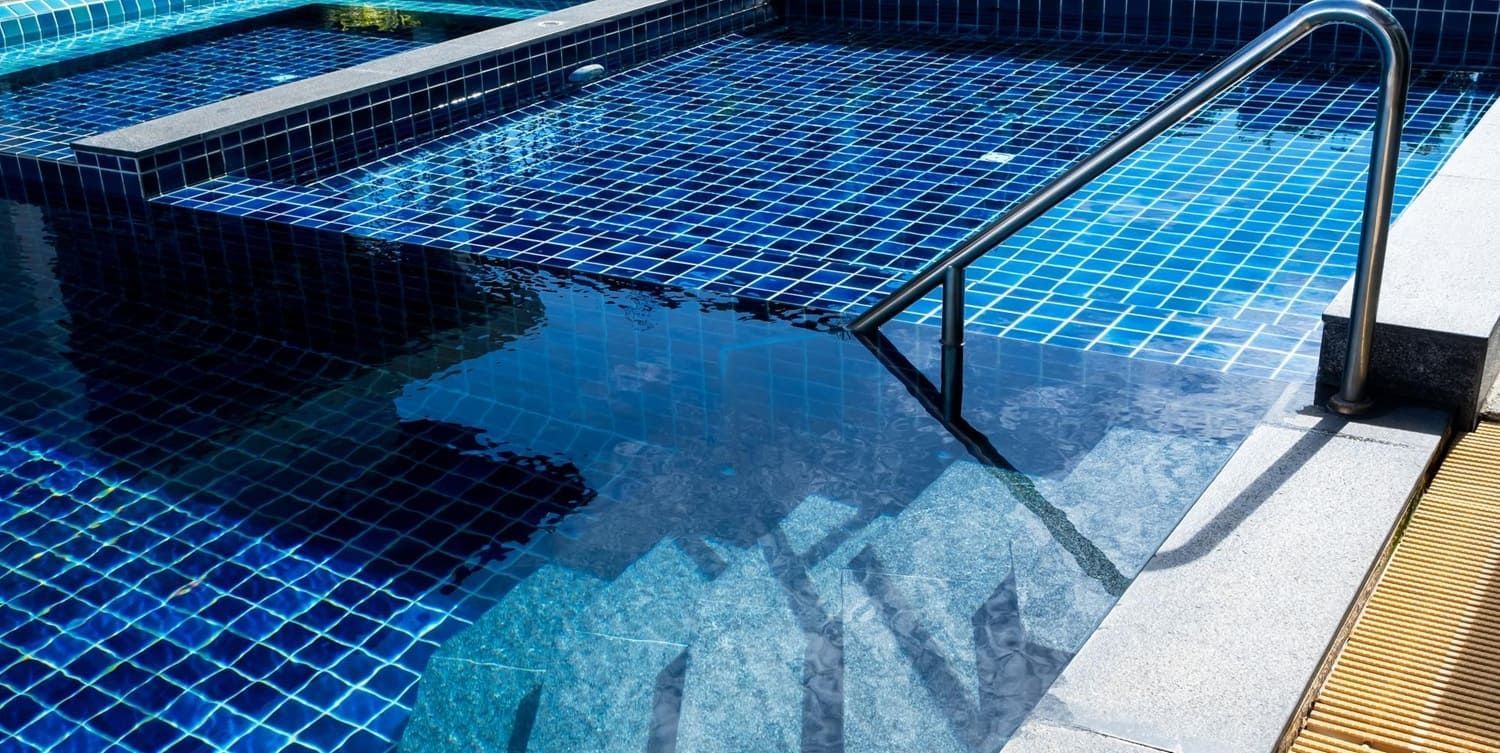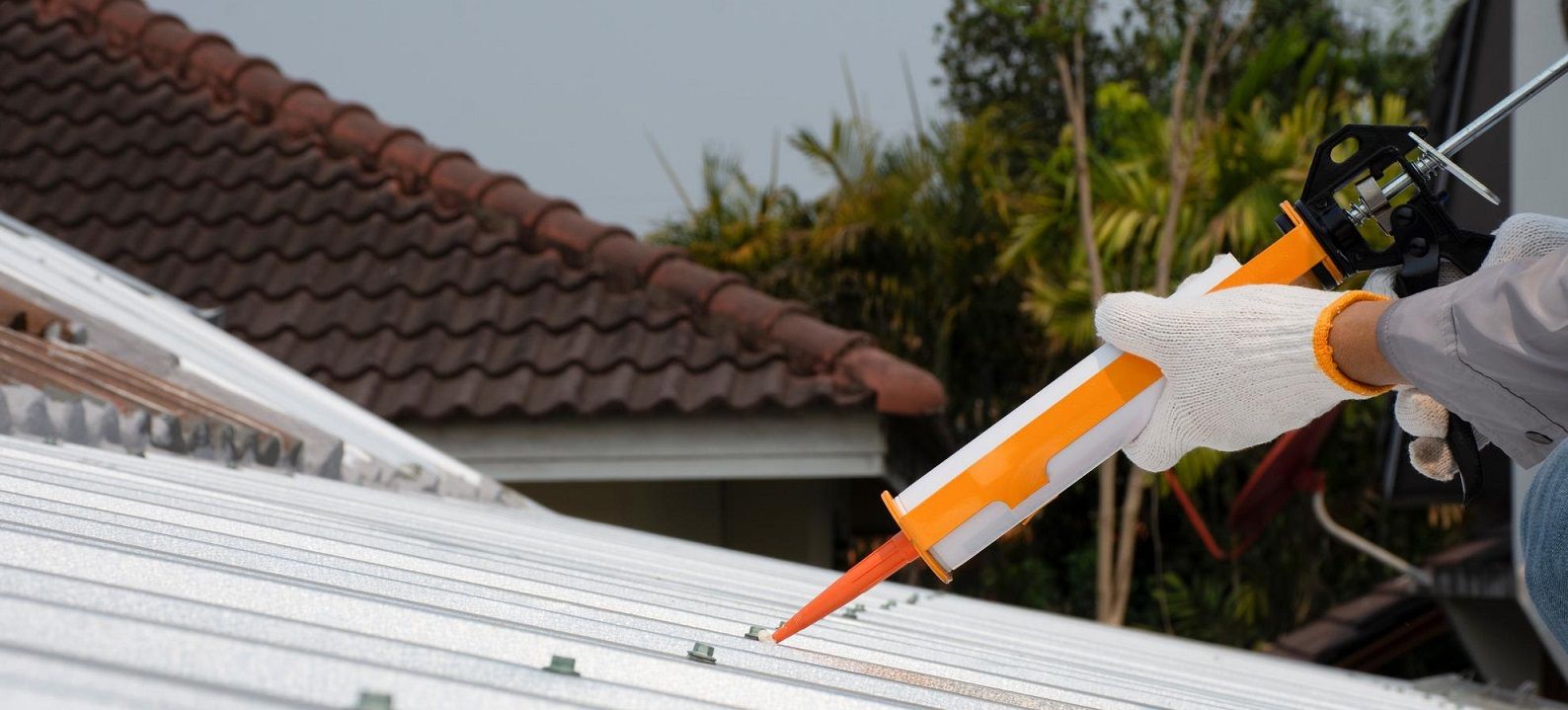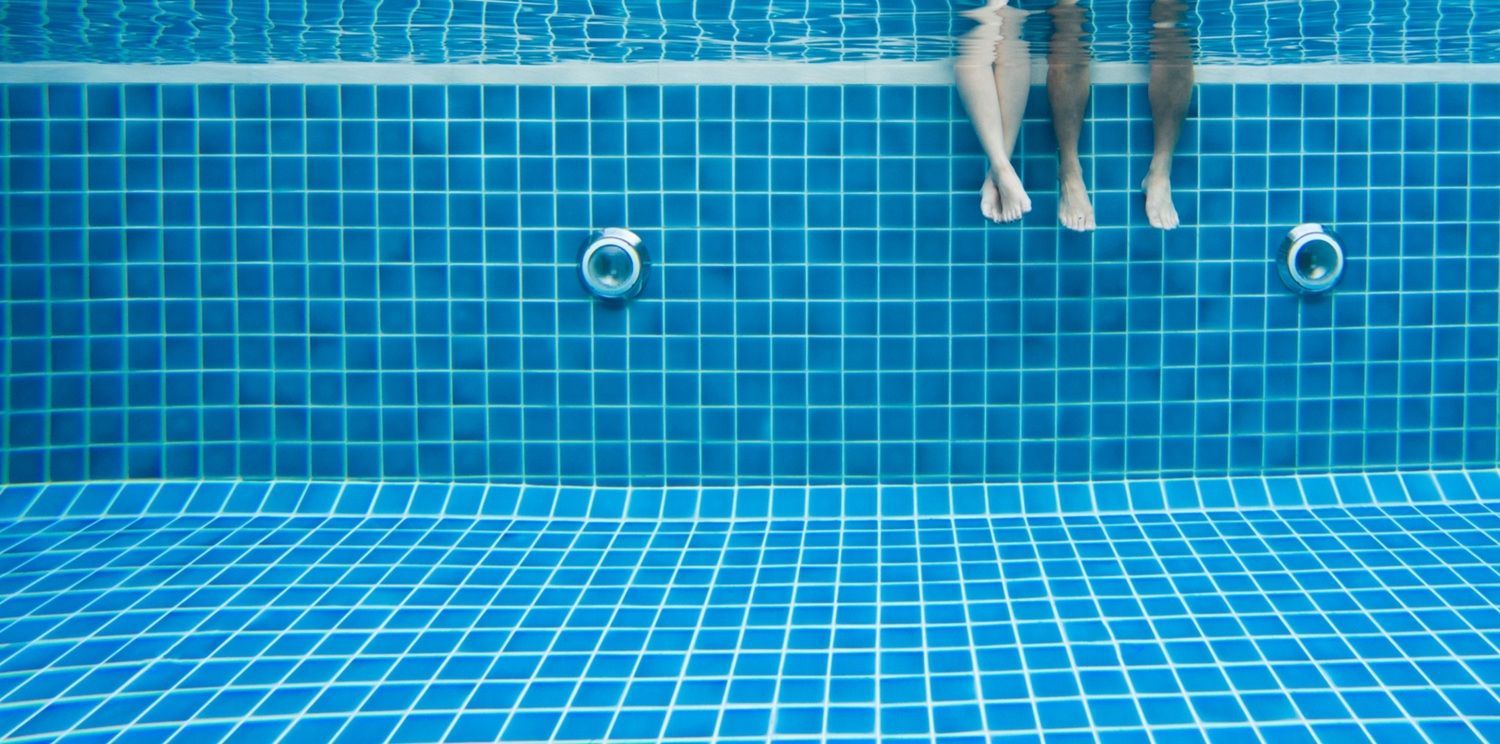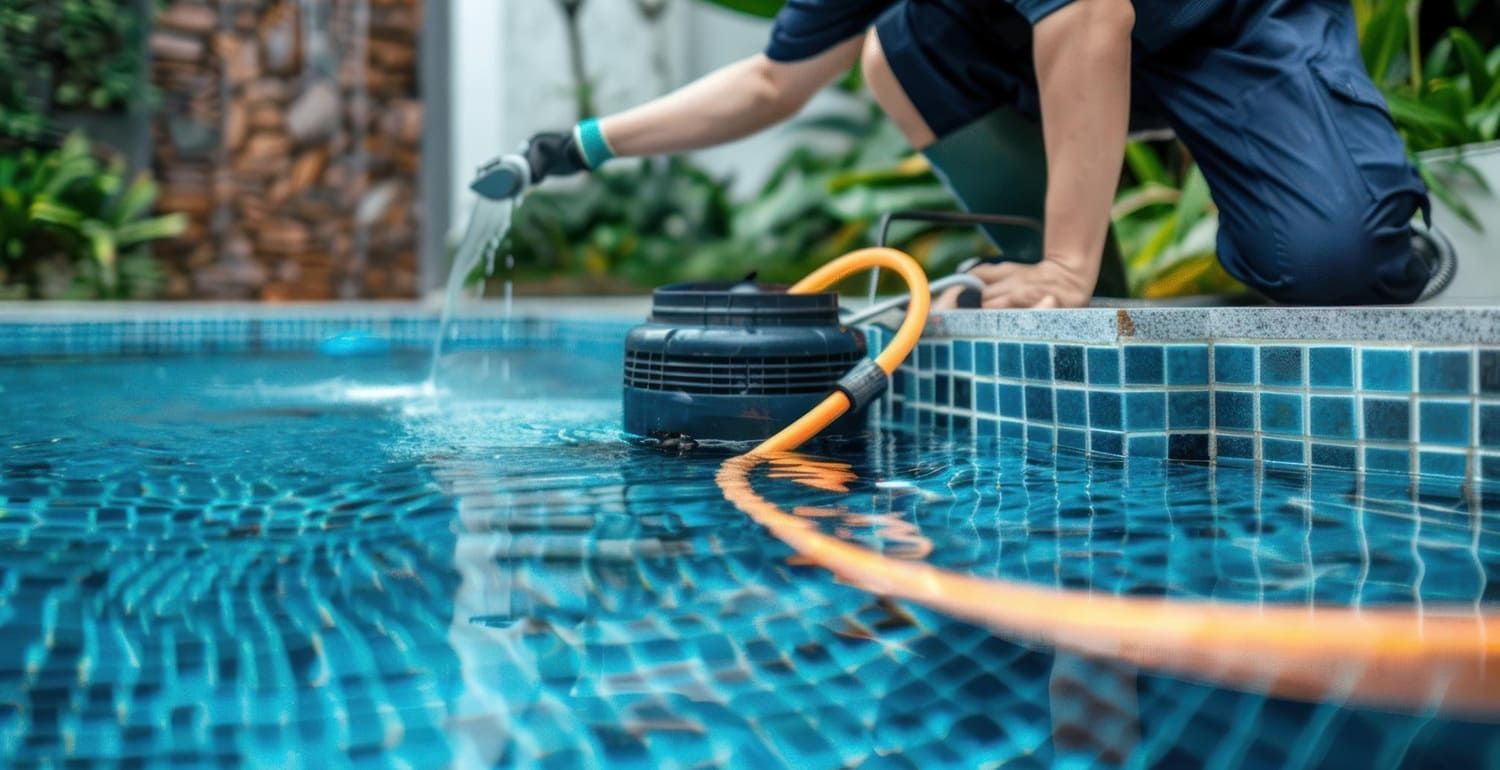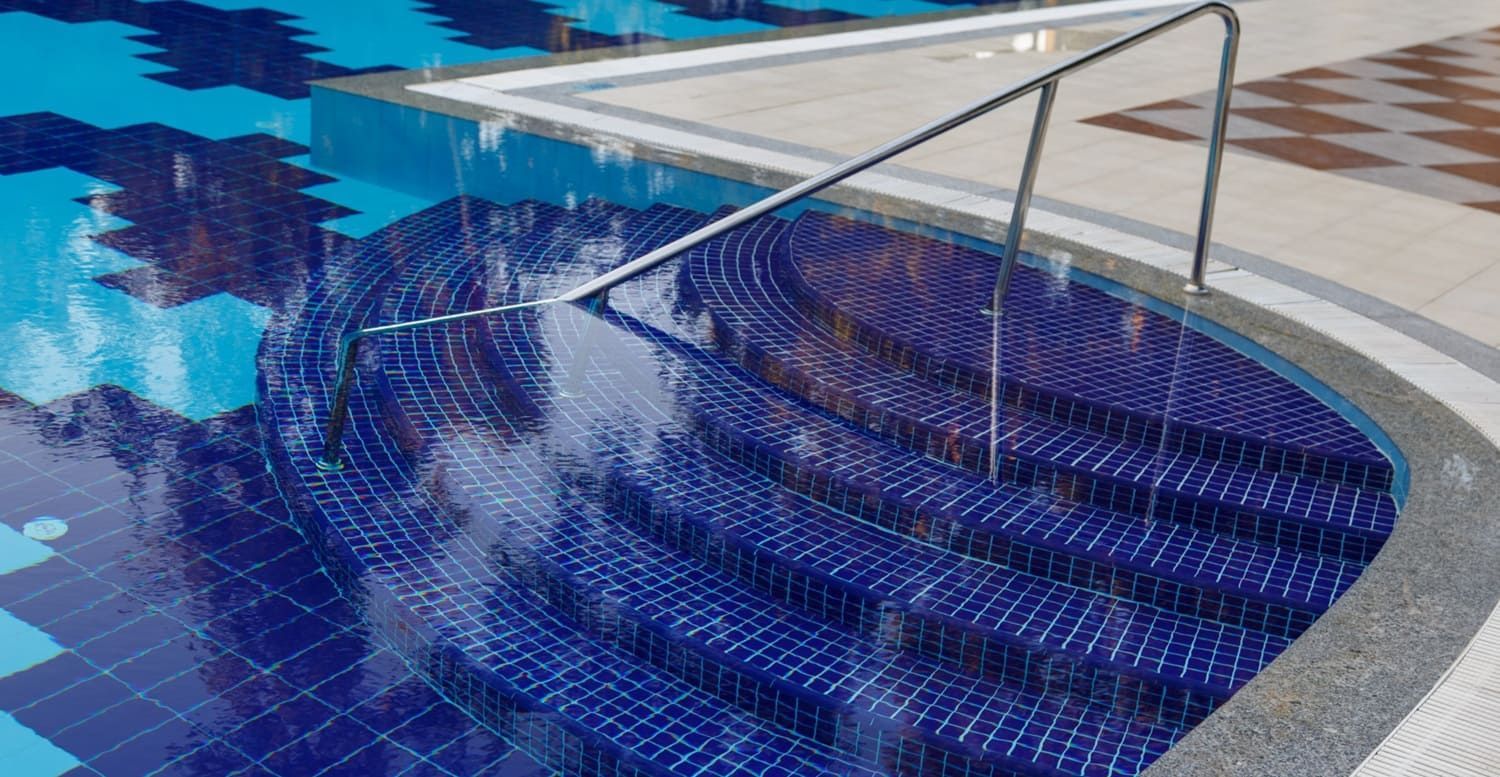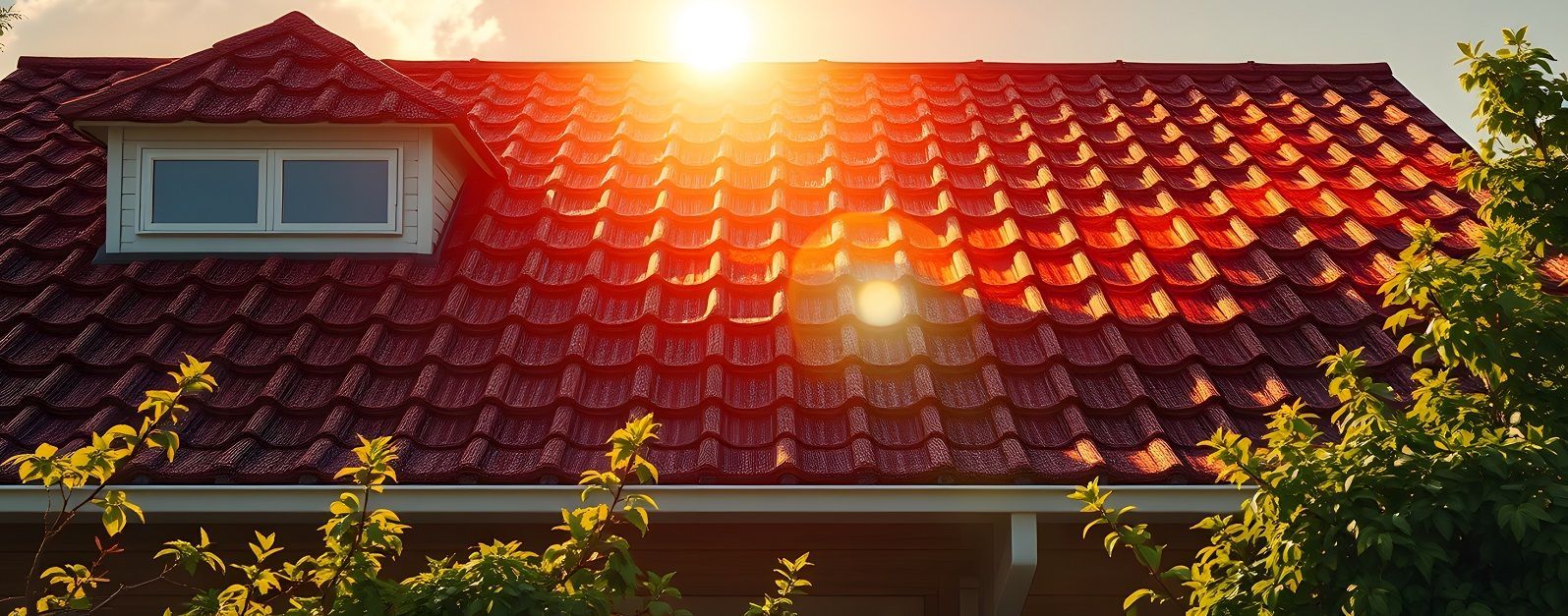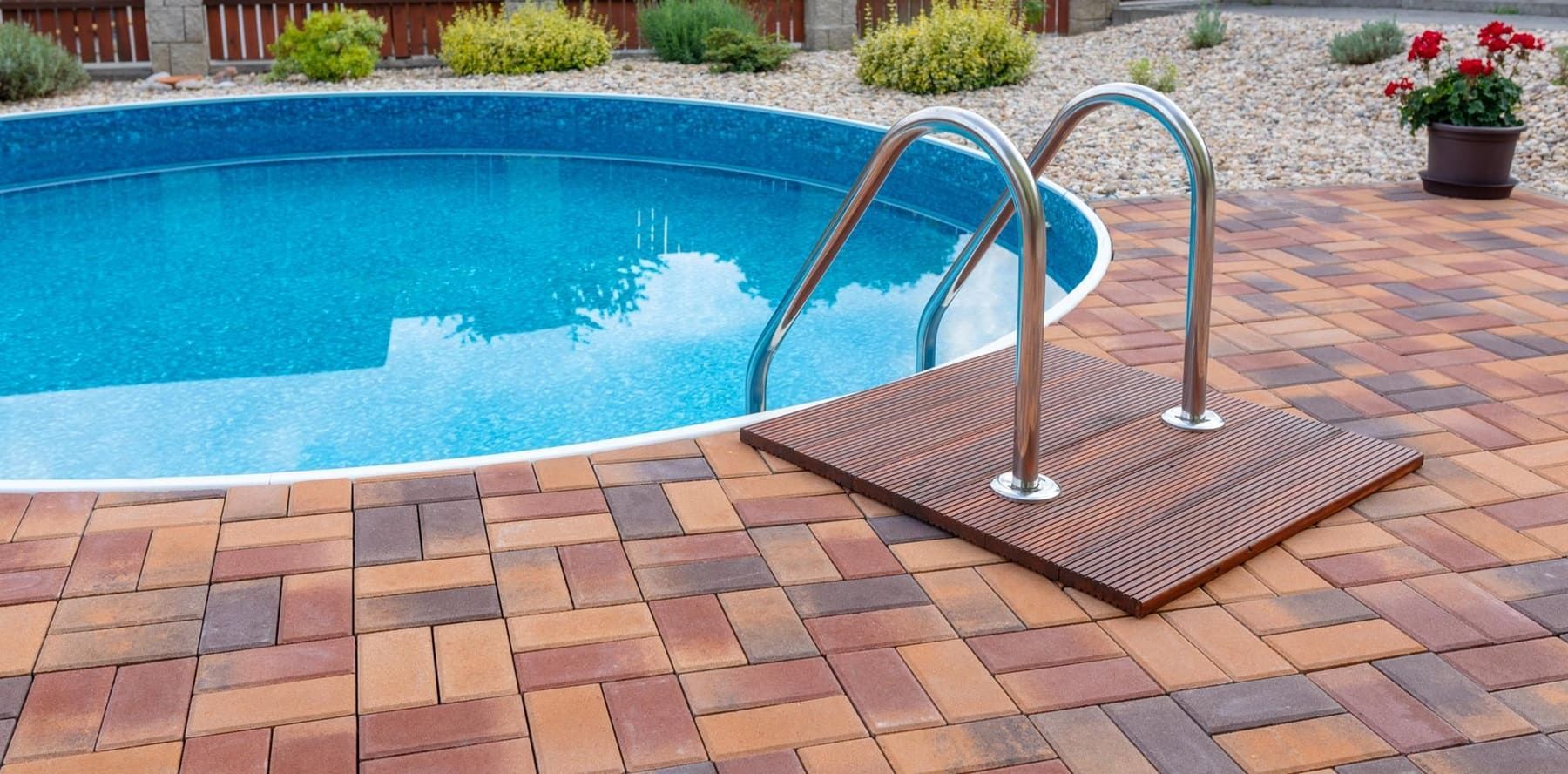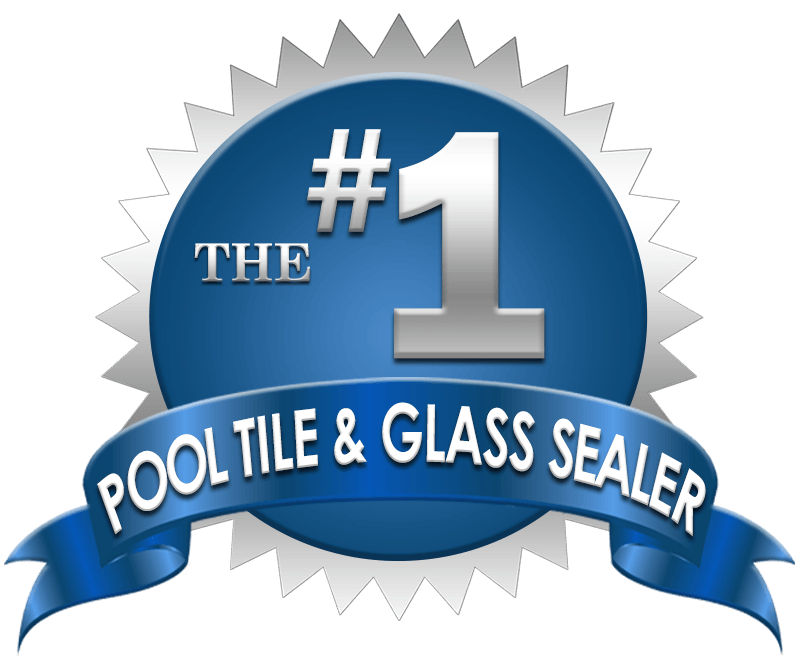How to Remove Calcium From Pool Tile: A Guide for Pool Owners
Do you notice scale deposits in your pool? This is calcium buildup. To have a safe pool, you need to know how to remove calcium from pool tile.
There are 10.4 million residential swimming pools across the United States.
They can be a lot of fun, but also a lot of work to maintain. Especially if you neglect your pool for a while. Then you're stuck with a lot of extra work.
Hard water, hot days when your pool water evaporates and chemicals in your pool all cause calcium deposits in your pool.
If your pool has a high pH level and is heated, you'll soon seen calcium scale building.
But it is possible to restore your pool to its former glory. Read on to learn a few methods for how to remove calcium from pool tile. And why scale in pools is something you mustn't neglect.
Is Pool Scale a Big Deal?
Yes! Calcium scale gets worse the longer you leave it. And it can cause damage to your pool and pool equipment.
To protect your family and your pool, you need to remove calcium from pool tiles. If you don't, you will eventually be left with a host of other pool problems.
Calcium buildup can irritate the eyes and skin of your pool guests. And, it makes your pool look gross. You won't get as many keen swimmers with a bunch of scale in the pool.
For example, pool scale can clog your pool filters. Pool filters are designed to handle bugs and leaves. But not hard calcium deposits.
When calcium runs through the filter, your pool's system will slow down and not work efficiently.
The scale in pools also causes damage to the bottom of your pool. Over time, calcium flakes off the tiles and settles on the bottom of the pool.
This can ruin the floor of your pool and cause you to need to have it refinished. And that's a huge expense. You don't want that.
Here are a few ways that you can try to remove calcium from pool tiles.
Use Calcium Removers
You can purchase a heavy calcium releaser that is non-toxic and removes calcium without damaging your tile or affect your pool's pH level.
First, reduce the level of water in your pool so that you can access the entire tile that has the calcium buildup.
Next, use a putty knife or pad to crack off the thickest calcium crust.
Apply the liquid to the tile and let it soak in for a few minutes. When the cleaner bubbles, you will know it's working.
Scrub the tile with a scrubbing brush or pad to remove the next layer of calcium buildup. Because calcium deposits add up layer by layer, you'll need to remove each layer until you remove all the buildup.
Apply the product and repeat the scrubbing process until the tile is clean of calcium deposits.
Let the tile dry completely. You can then apply a sealer to safeguard against future calcium buildup.
Always follow the manufacturer's instructions when you use a new product.
Use a Pumice Stone or Nylon Brush Cup
You can use a pumice stone or PoolStone to remove caked on calcium deposits.
You will need a lot of elbow grease for this method. Remember, pumice stones can only be used on tile and concrete, never your lining or soft surfaces.
Make sure the stone and the tile you are working on are wet before you start. Otherwise, you risk scratching your pool tile.
You can use a cordless drill and a nylon bristle wheel or brush cup to scrub calcium buildup away. Never use steel wheels or cups as they can damage your tile or cause rust on the bottom of your pool.
Use Vinegar to Clean Pool Tiles
You can try to make a homemade cleaning solution to remove calcium from pool tiles.
Get a spray bottle and fill it with a vinegar and water solution. Get a cleaning brush or old toothbrush and start to spray and scrub.
Vinegar is a non-toxic, inexpensive option to clean a variety of surfaces. Yet, it works best if you catch pool scaling early on. It may not work for severe calcium buildup.
Hire a Professional Bead Blaster
If removing the pool scale doesn't work with the methods we've already listed, you probably have a severe case of pool scaling that needs professional attention.
You can hire a professional pool company to come to your pool to remove the calcium. This process is called bead blasting and is sometimes called pressure washing.
This service is different than how you would use a pressure washer to wash your car. Professional companies use a compressor to blast sand, beads or other materials at the pool tile at high speed.
This scrapes away the buildup quickly. And you don't have to spend time scrubbing the tile yourself.
Most companies use magnesium sulfate to blast the calcium off your pool tiles.
Note, this option can be very expensive. Ideally, you want to remove calcium buildup on your own. And practice good pool maintenance to prevent pool scaling in the future.
Bottom Line on How to Remove Calcium from Pool Tile
We hope this guide on how to remove calcium from pool tile was helpful to you.
Be careful. Some products out there will unbalance your pool's pH levels, are toxic or can damage your pool tile and equipment.
Always use professional products that are intended for calcium buildup in pools. Remember, it's best to prevent pool scale than it is to try to remove it.
Next, check out these 10 common pool problems and what you can do to prevent them.







